Welcome to a new episode of Year 2049, your weekly guide to the events, discoveries, and innovations shaping the future of tech, climate, science, and more.
If this was forwarded to you, subscribe to get a new story in your inbox every Friday 👇
Happy Friday!
I hope you didn’t miss me too much last week. I definitely did. One week away made me realize how much I love working on this newsletter for you all.
Anyway…
On our trip to the future this week, let’s talk about a new mode of transportation that’s been getting a lot of attention over the past year: eVTOLs.
You may have seen click-baity headlines claiming that “flying cars” are here to get you excited (or nervous) about our sci-fi fantasies. You’ll understand what eVTOLs are and why that’s an inaccurate comparison by the time you finish reading this.
Hope you enjoy this one.
~ Time to read: 4-6 minutes
This week’s comic
The backstory
eVTOLs, explained
Imagine if an electric battery and a helicopter fell in love and had a child. That’s an eVTOL (pronounced ee-vee-tol).
eVTOL stands for electric vertical take-off and landing:
Electric: the aircraft runs on electricity and relies on batteries, unlike planes and helicopters that need some sort of fuel
Vertical take-off and landing: like a helicopter, an eVTOL takes off and lands vertically and doesn’t need a runway like a plane
How it works: Distributed Electric Propulsion
Planes and helicopters rely on a few major motors but eVTOLs rely on multiple small electric motors that are distributed around the aircraft. This leads to some important benefits:
Safe: No single point of failure. Having a malfunctioning motor on helicopters or planes can be disastrous, but eVTOLs can keep functioning.
Quiet: Electric motors are drastically less noisy
Low-cost: Fully electric means no fuel is needed
🎥 Video: Distributed Electric Propulsion explained by NASA
Examples of eVTOLs
Over 180 companies from young startups to large aircraft manufacturers are working on eVTOLs of all shapes and sizes. Some interesting ones:
Joby S4
Manufacturer: Joby Aviation
Design: 6 motors, 4 passengers + 1 pilot, 240 km maximum range (150 mi), 320 km/h top speed (200 mph), zero operating emissions
Funding: Raised $1.6 billion USD from investors including Toyota, Intel, and Uber before going public in August 2021. Acquired Elevate, Uber’s air taxi division, in 2020.
Lilium Jet
Manufacturer: Lilium Air Mobility
Design: fixed wings, 36 electric motors, 6 passengers + 1 pilot, 250 km maximum range (155 mi), 280 km/h cruise speed (170 mph)
Funding: Raised $826 million USD from investors including Chinese tech giant Tencent and went public in September 2021.
Jetson One
Manufacturer: Jetson Aero
Design: 8 electric motors, 1 pilot, 102 km/h top speed (63 mph), 20-minute flight time
Funding: I couldn’t find any reliable data on funding, but at least they have a cool name.
What are we going to use them for?
The goal isn’t to replace cars as some headlines may allude to. Imagine the nightmare of having as many eVTOLs in the sky as cars on the ground.
In its early stages, we should expect to see eVTOLs in the following cases:
Replacing helicopters
Helicopters are loud, dangerous, and expensive to operate. eVTOLs are much safer, quieter, and cheaper. The good thing is that eVTOLs can reuse our existing infrastructure such as helicopter landing pads and expensive headphones.
An interesting use case would be to deploy eVTOLs for emergency responses during disasters like hurricanes, wildfires, and floods. Because they’re cheaper to operate and maintain, many can be deployed for the same operating costs as one rescue helicopter. Maybe they can even replace ambulances that get stuck in traffic while someone needs to be taken to the hospital immediately.
Fun fact: an eVTOL is 1000 times quieter than a helicopter (according to Joby Aviation).
Ridesharing
Before selling its air taxi division to Joby Aviation, Uber was testing its UberAir service with helicopters in the Uber app. Their plan was to eventually develop and use eVTOL aircraft instead of regular helicopters.
Although Uber Elevate was acquired by Joby, we could see an eVTOL option in the Uber app soon: Uber invested $75 million USD in Joby after its Elevate division was acquired. Joby is aiming to launch its air taxi service in 2024. Take that launch date with a grain of salt, the optimism keeps investors excited and interested.
Why? eVTOL aircraft can accommodate at least 5 passengers, making them ideal for a ridesharing scenario where the cost is split across all passengers. eVTOL rides will be more affordable while companies work on reducing operating costs over time.
Airports
I noticed that a significant number of airlines have invested and/or pre-ordered large quantities of eVTOLs:
United Airlines pre-ordered $1 billion’s worth of eVTOLs from Archer Aviation
Avolon, an aircraft leasing company, ordered 500 eVTOLs for $2 billion from Vertical Aerospace
American Airlines agreed to pre-order 250 eVTOLs, with the option to order 100 more, from Vertical Aerospace. They also invested $25 million in the startup.
The city of Orlando, Florida announced that it would build the world’s first “vertiport” for eVTOLs next to Orlando International Airport. The vertiport will be operated by Lilium and is scheduled to be completed in 2025.
Why? eVTOLs are the future of air mobility, so it’s not surprising to see airlines investing in startups like Archer and Vertical. I think there’s a short-term and long-term reason they’re investing:
Short-term: As airports get bigger and farther from city centres, an eVTOL service can help improve the customer experience of getting between your home and the airport, or even between terminals.
Long-term: eVTOL startups are making huge technological strides in using electricity as the only source of energy to operate an aircraft. If this technology keeps improving, it could help us eventually create some hybrid airplanes that don’t rely on fuel as much. That would help put a big dent in global carbon emissions and save airlines lots of money on fuel (which I hope they reinvest into bigger bags of free peanuts).
Designed for safety
Helicopters have a single point of failure and eVTOLs want to change that and make flying safer.
The Joby S4 completed hundreds of test flights so let’s discuss its main safety features:
Multiple electric motors: relying on multiple small motors means there’s no single point of failure
Built-in redundancy: each motor is powered by a group of isolated battery packs which creates additional redundancy to remove any single point of failure. The motor continues to function even if a battery pack fails
Advanced flight control software: Joby’s software reduces pilot workload and has automated “envelope protection” which inhibits commands that exceed safe operating limits
Other eVTOLs have different designs and software but rely on the same core principles of building redundancy into the aircraft to make them safer.
Final thoughts
eVTOLs are the impressive result of the advances we’ve made with Distributed Electric Propulsion and electric batteries. Comparing eVTOLs to “flying cars” is an oversimplification and ignores the breakthroughs made in using electricity as the only source of energy for an aircraft. It would be more accurate to call them “quiet and safe electric helicopters”, but that doesn’t sound as good in a headline right?
What excites me about eVTOLs is their safety, reduced operating costs, and zero emissions. I don’t think this will be as cheap as taking a taxi and will likely be a premium mode of transport that we only use on occasion which is completely fair: the time savings from flying over traffic justify a higher price than a regular taxi.
The main differences will be the affordability and ease of access: eVTOLs will be more affordable and accessible to the general population compared to the exclusivity of taking regular helicopters.
A question for you
Do you see any other use cases where eVTOLs can be extremely valuable?
Leave a comment and let me know 👇
If you missed the previous episode
Help me spread the word ❤️
Doing the research, learning about new topics, making comics, and writing this newsletter have been an absolute joy for me every week.
Each edition takes about 10 hours to make, so I would appreciate it if you took 1 minute to share Year 2049 with your family, friends, or colleagues who would enjoy reading this and invite them to join us on our weekly trips to the future!
or share this link: https://year2049.substack.com/welcome
See you next week,
Fawzi
How would you rate this week's edition?


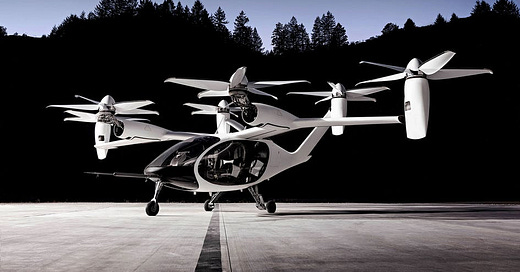











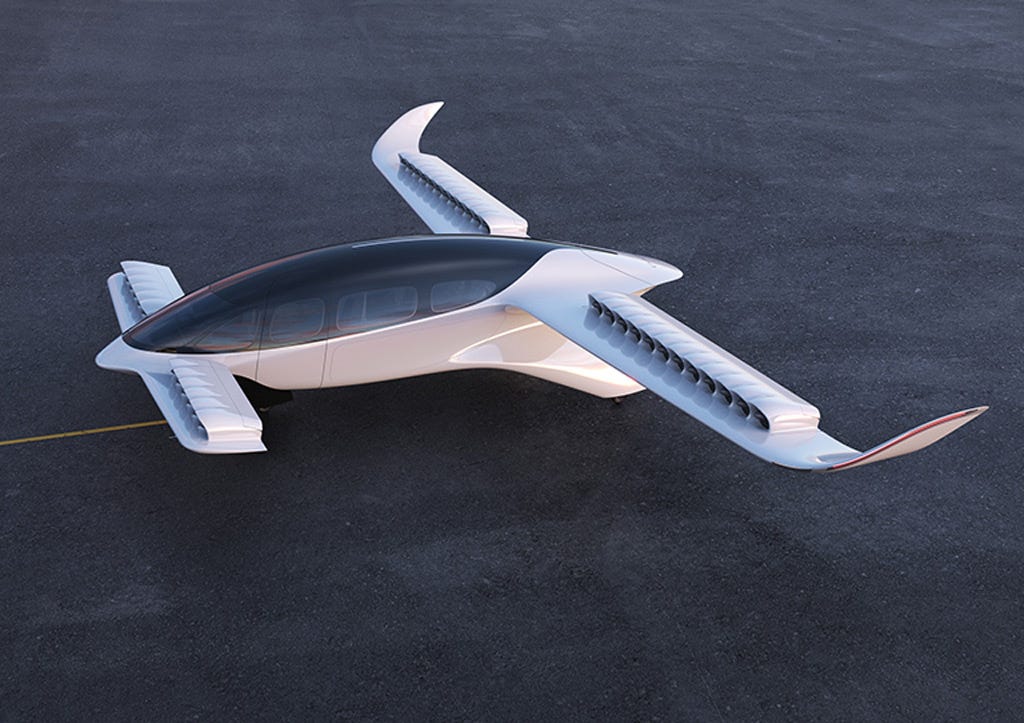

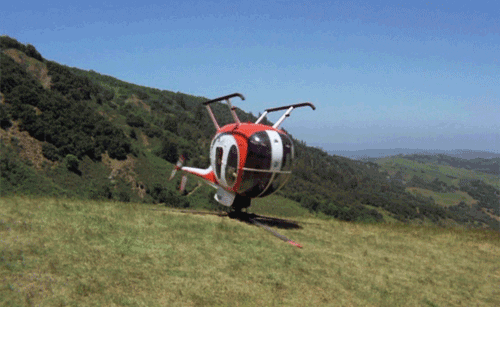
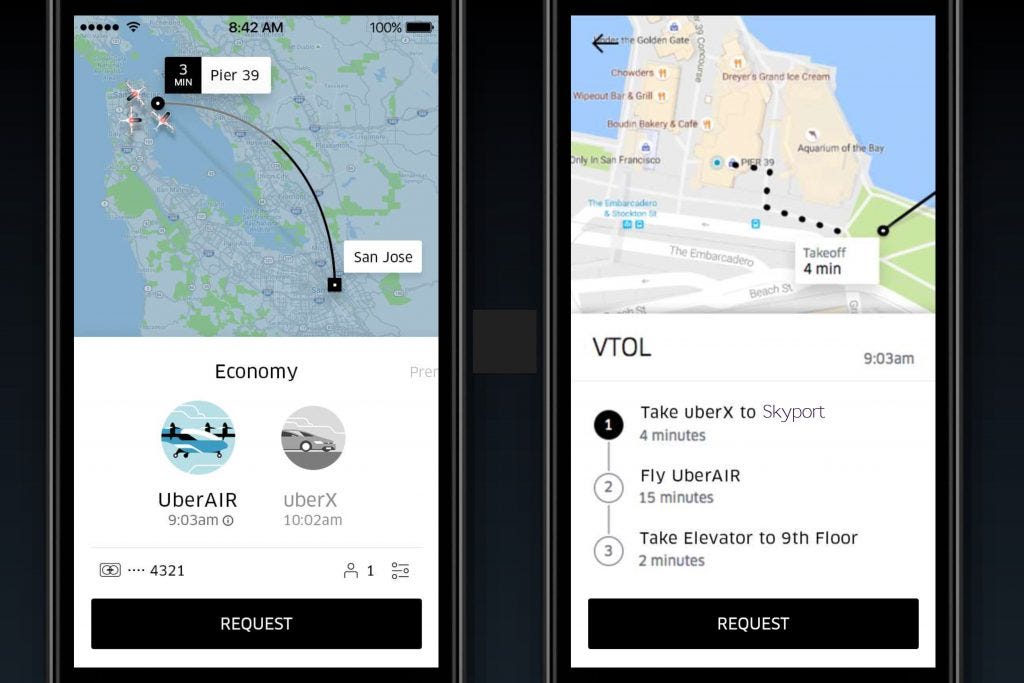
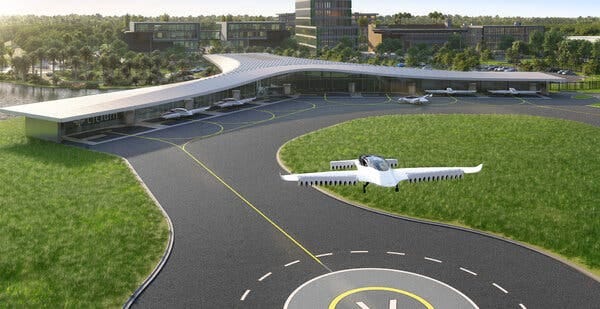


Loved this episode. Thanks for doing this concept Fawzi
Knew only little about the subject. But didn’t realize how far it had moved into reality.
soooo excited about the possibilities / future of this mode.
They would make great next-generation helicopters.